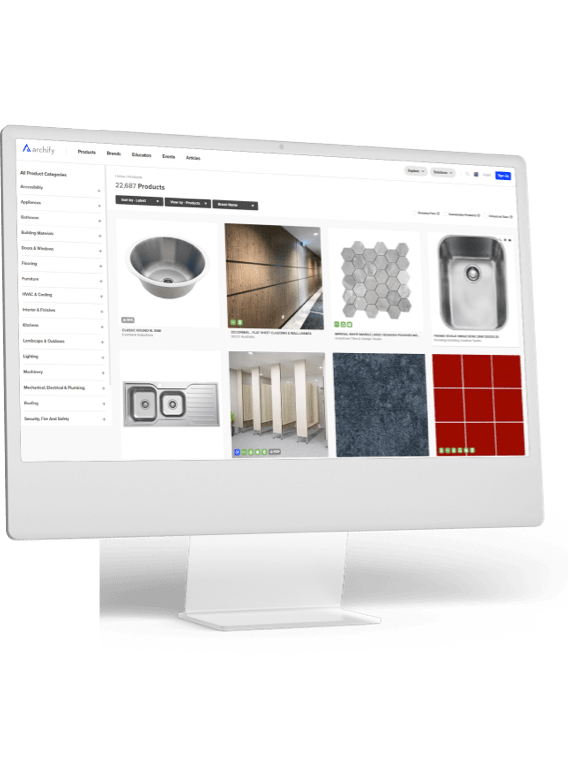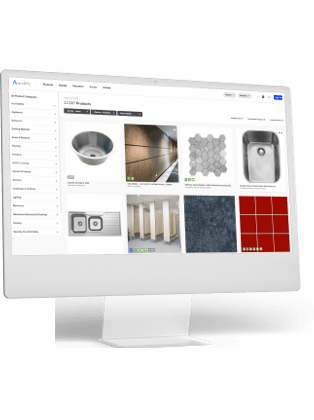GE SCS6000 ACP Silicone Weatherproofing Sealant is a 100% silicone polymer sealant formulated to reduce dirt pick up, surface streaking and non-staining on aluminum composite panels. SCS6000 is one-component, medium-modulus, neutral cure silicone sealant useful on a wide variety of materials in new or remedial applications.
Supplied as a paste, SCS6000 produces a durable silicone rubber joint sealant upon cure
Key Features and Typical Benefits:
Performance
• Silicone Durability—Cured silicone rubber exhibits excellent long-term resistance to natural weathering including extreme temperatures, ultraviolet radiation, rain and snow, with negligible change in elasticity
• Adhesion—Primer less adhesion to many substrates and finishes. May be considered a candidate for use with numerous construction-related materials, including glass, polycarbonate, vinyl, numerous plastics, treated and untreated wood, fluoropolymer and powder coated paints, conversion�coated andanodized aluminum, brick, terra-cotta, ceramic and porcelain materials, concrete and natural stones. Some finishes or substrates may require a primer.
• Movement Capacity—Can accommodate 35% movement in both extension and compression and has excellent recovery after cycling
• Low VOC Content—Significantly lower than the requirements of the U.S. Green Building Council’s Leadership in Energy and Environmental Design (L.E.E.D.) program. Neutral cure byproduct with low odor.
• Thermal Stability (cured state)—Once cured, the material remains flexible over a range of -55°F (-48°C) to 250°F (121°C) and up to 350°F (177°C) under intermittent short-term exposure.
GE SCS6000 ACP Silicone Weatherproofing Sealant is a 100% silicone polymer sealant formulated to reduce dirt pick up, surface streaking and non-staining on aluminum composite panels. SCS6000 is one-component, medium-modulus, neutral cure silicone sealant useful on a wide variety of materials in new or remedial applications.
Supplied as a paste, SCS6000 produces a durable silicone rubber joint sealant upon cure
Key Features and Typical Benefits:
Performance
• Silicone Durability—Cured silicone rubber exhibits excellent long-term resistance to natural weathering including extreme temperatures, ultraviolet radiation, rain and snow, with negligible change in elasticity
• Adhesion—Primer less adhesion to many substrates and finishes. May be considered a candidate for use with numerous construction-related materials, including glass, polycarbonate, vinyl, numerous plastics, treated and untreated wood, fluoropolymer and powder coated paints, conversion�coated andanodized aluminum, brick, terra-cotta, ceramic and porcelain materials, concrete and natural stones. Some finishes or substrates may require a primer.
• Movement Capacity—Can accommodate 35% movement in both extension and compression and has excellent recovery after cycling
• Low VOC Content—Significantly lower than the requirements of the U.S. Green Building Council’s Leadership in Energy and Environmental Design (L.E.E.D.) program. Neutral cure byproduct with low odor.
• Thermal Stability (cured state)—Once cured, the material remains flexible over a range of -55°F (-48°C) to 250°F (121°C) and up to 350°F (177°C) under intermittent short-term exposure.
GE SCS6000 ACP Silicone Weatherproofing Sealant is a 100% silicone polymer sealant formulated to reduce dirt pick up, surface streaking and non-staining on aluminum composite panels. SCS6000 is one-component, medium-modulus, neutral cure silicone sealant useful on a wide variety of materials in new or remedial applications.
Supplied as a paste, SCS6000 produces a durable silicone rubber joint sealant upon cure
Key Features and Typical Benefits:
Performance
• Silicone Durability—Cured silicone rubber exhibits excellent long-term resistance to natural weathering including extreme temperatures, ultraviolet radiation, rain and snow, with negligible change in elasticity
• Adhesion—Primer less adhesion to many substrates and finishes. May be considered a candidate for use with numerous construction-related materials, including glass, polycarbonate, vinyl, numerous plastics, treated and untreated wood, fluoropolymer and powder coated paints, conversion�coated andanodized aluminum, brick, terra-cotta, ceramic and porcelain materials, concrete and natural stones. Some finishes or substrates may require a primer.
• Movement Capacity—Can accommodate 35% movement in both extension and compression and has excellent recovery after cycling
• Low VOC Content—Significantly lower than the requirements of the U.S. Green Building Council’s Leadership in Energy and Environmental Design (L.E.E.D.) program. Neutral cure byproduct with low odor.
• Thermal Stability (cured state)—Once cured, the material remains flexible over a range of -55°F (-48°C) to 250°F (121°C) and up to 350°F (177°C) under intermittent short-term exposure.
Malaysia










